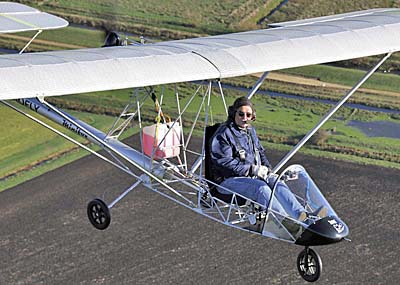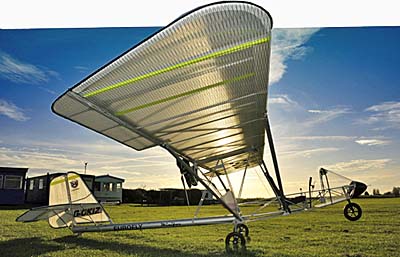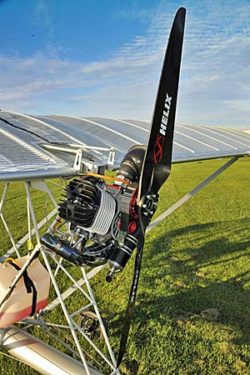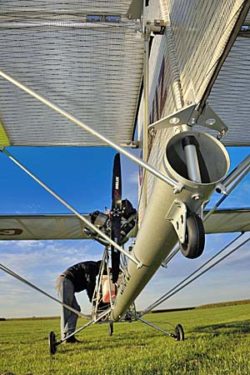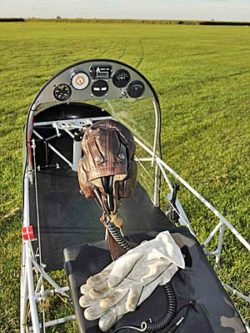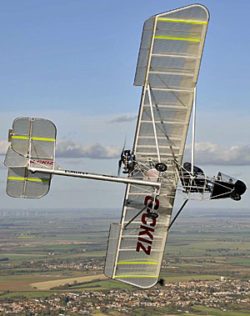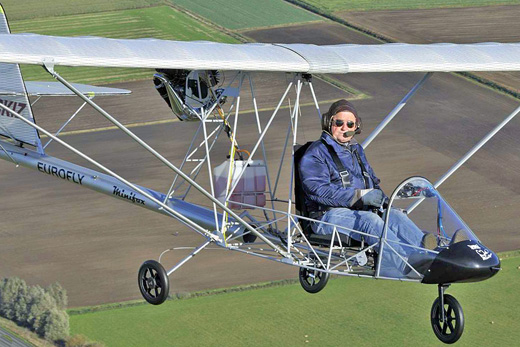
“I knew we had all the pictures we needed but I was having a blast and just wanted to keep flying Minifox,” wrote British aviation writer, Dave Unwin. In this article we welcome Dave back to give his description of a fun, highly affordable Part 103-compliant ultralight. Minifox by Eurofly is a lot of pure flying fun, and it was just joyful to spend an agreeable afternoon on a well-tended grass strip shooting a series of touch ‘n’ goes in an open-cockpit single-seater. Upon spotting Minifox at a show I was instantly intrigued and inquired with Dave Broom of Airplay, the UK agent for Eurofly of Italy. Dave told me that a Minifox kit could be completed for less than £19.000 or about $25,000. That’s not a lot of money for a brand-new flying machine, and it occurred to me that such a price could help reverse the current trend of making aviation ever-more expensive.


